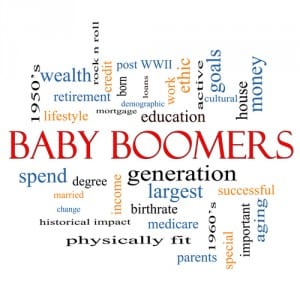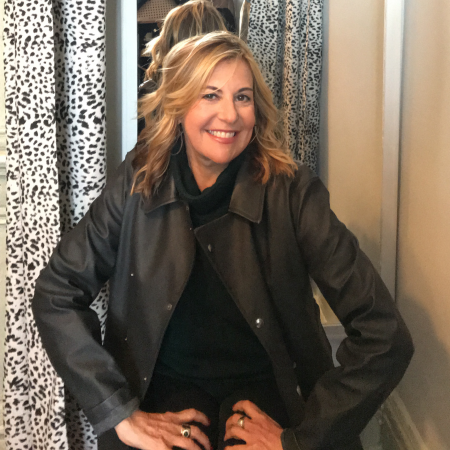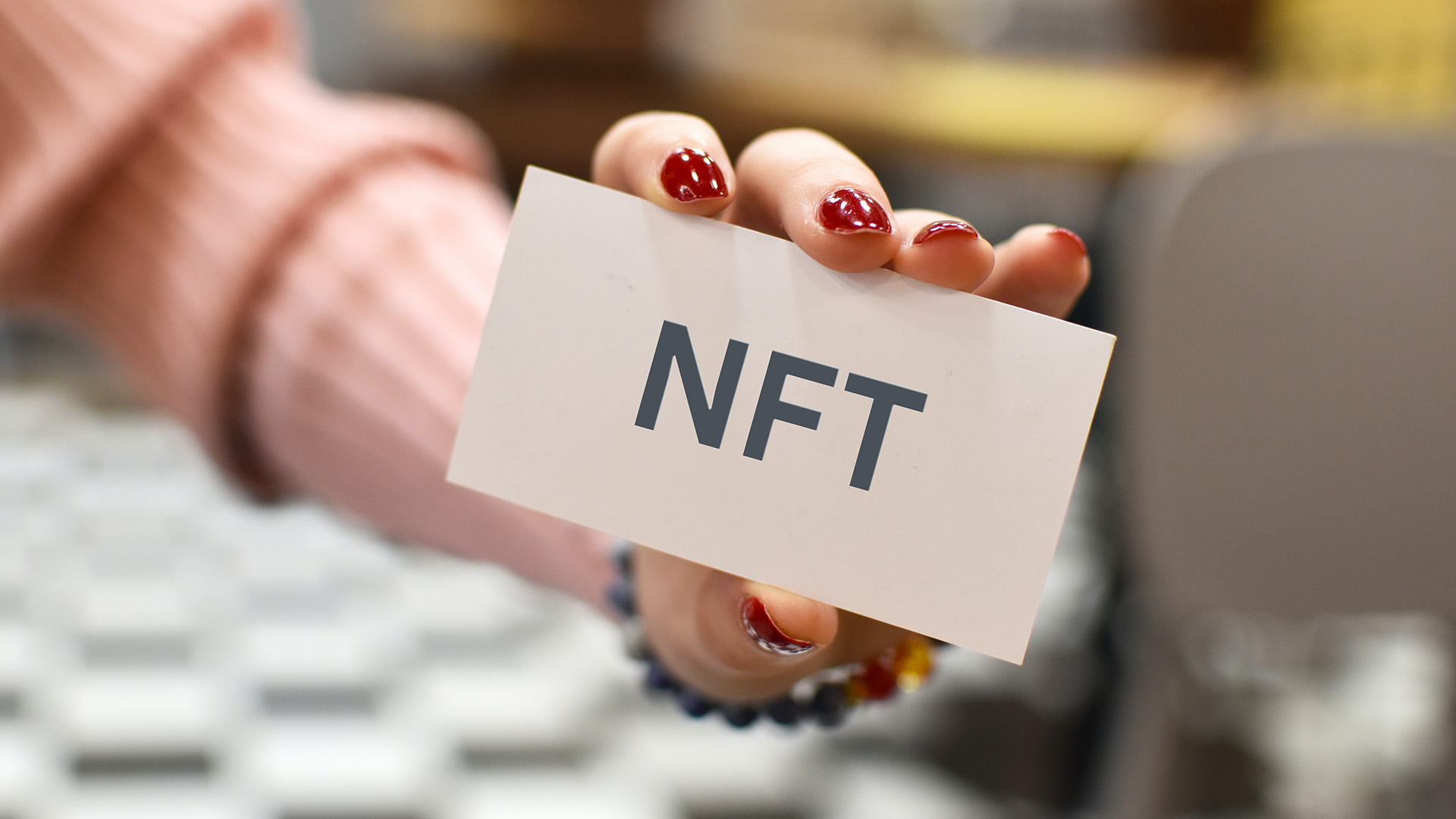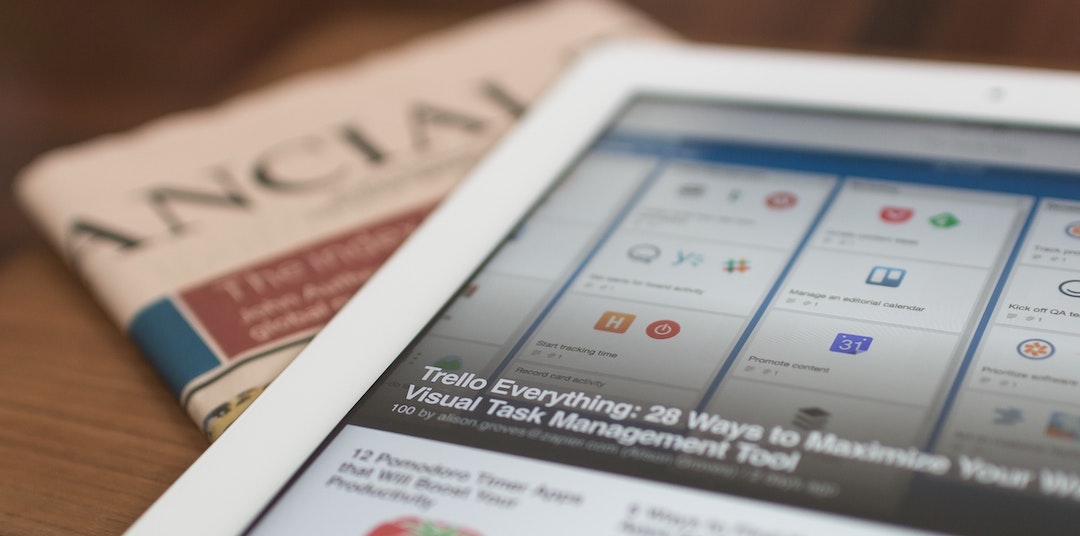 Several days before attending the gender-equality-in-marketing 3% Conference, an influential 50-year colleague said something to me over lunch that still rankles. “You know, Karen, agencies are not for the old,” she offered as an explanation for why I was wrestling with one particular business challenge. Her words stung because I had actually thought I was doing a pretty good job keeping up with trends and staying relevant, while very conscious of how much marketers today venerate youth.
Several days before attending the gender-equality-in-marketing 3% Conference, an influential 50-year colleague said something to me over lunch that still rankles. “You know, Karen, agencies are not for the old,” she offered as an explanation for why I was wrestling with one particular business challenge. Her words stung because I had actually thought I was doing a pretty good job keeping up with trends and staying relevant, while very conscious of how much marketers today venerate youth.
So I headed straight to the workshop “Ageism: Advertising’s Even Uglier Secret” during the “girl power” 3% Conference last week because, while I haven’t felt discrimination within my public relations firm, that lunch conversation jarred me. The room was filled with women who looked to be around my age, though I was one of very few who raised a hand when asked who was 50 or older. Both salt-and-pepper but hip-looking creative directors in the front of the room said they had been “cut loose” from their agencies at the height of their careers to make way for Millennials who could market to Millennials. Angrily, one said, “Try telling JK Rowling that you need to be young to relate to young people.”
The question I immediately asked myself was, can a planner or creative director actually be gender- or age-neutral when shaping a marketing campaign, or do gender and age play too significant a role in shaping our creative lens to allow neutrality? Male creative directors, it’s been shown, often portray women through “the male gaze” — meaning as men wish to see women, not necessarily as women see themselves. That’s a big reason the 3% Conference arose. Women want to see more women shaping the marketing aimed at them. And according to the ageism experts in the front of the room, the reason ED drug ads are so ridiculously awkward is because, “typically young copywriters are grossed out at the thought of older people having sex so they can’t write copy or imagine optics that might resonate with boomers.” It would seem, not surprisingly, that our creative lens IS shaped by our years on the planet and our X and Y chromosomes.
Which brings me to the point of this post. Older adults are our largest market segment with more purchasing power than any demographic in human history, yet marketers have been slow to respond to the demographic realities brought about by the revolution in longevity. Boomers buy half of all automobiles sold in America, yet car companies still covet the young. With boomers and seniors spending $3 trillion a year on things as varied as computers, vacations, credit cards and pharmaceuticals, why are the two creative directors in the front of the room unemployed? Why aren’t more boomer creative directors marketing to fellow boomers if we follow the logic that it takes one to know one?
The answer is that most companies are not pursuing boomers. Their budgets are skewed to courting the young on the belief that brand loyalty begins early, and that older people are too set in their ways to switch brands or preferences. (It’s worth considering a recent AARP survey with Roper ASW that indicates the relationship between brand loyalty and age is largely overstated. The survey found that an individual’s consumer experience, not age, dictates brand choice.) What we know is that older consumers are doing a lot more than rethinking retirement. They’re redefining purchasing habits and brand preferences. They’re ready to try new brands, again or for the first time. And companies are welcome to keep selling to their kids, but if their parents and grandparents are ignored, brands are leaving money – a lot of money – on the table.
Boomers are big business right now, and successful marketers are wise to understand our needs and aspirations and feature realistic images of us. Mature, experienced creative talent in agencies seem like just the people to do that. Agencies today should in fact, “be for the old.” The sheer numbers and wealth of my generation demand no less.



